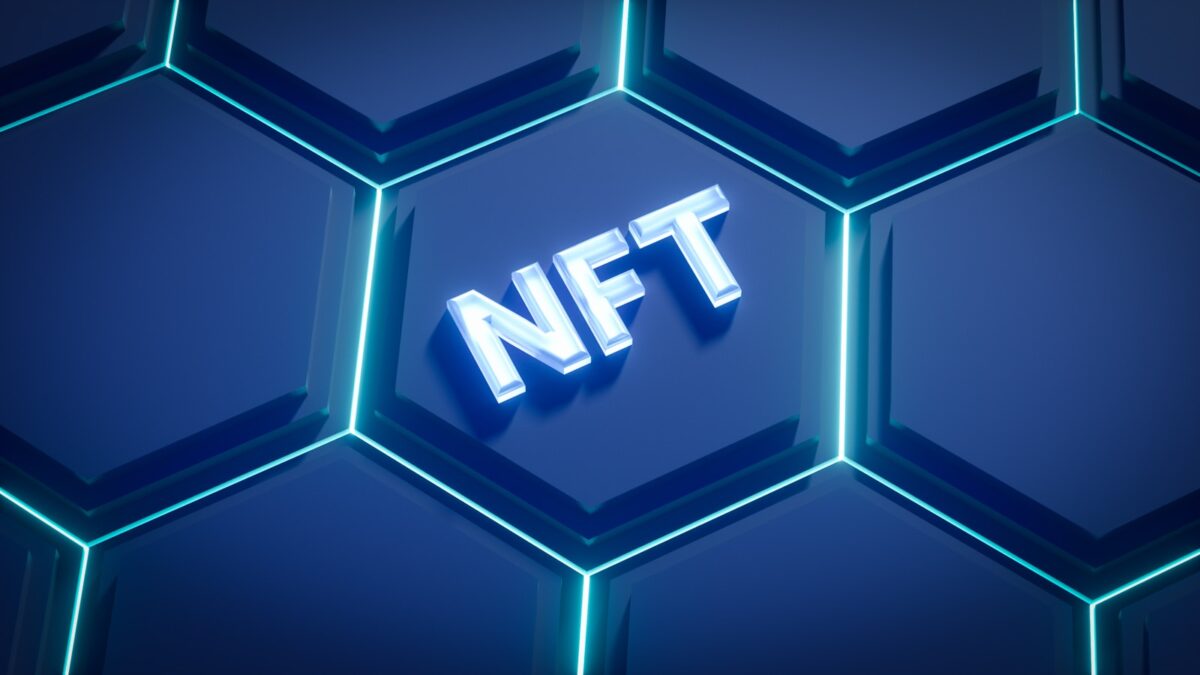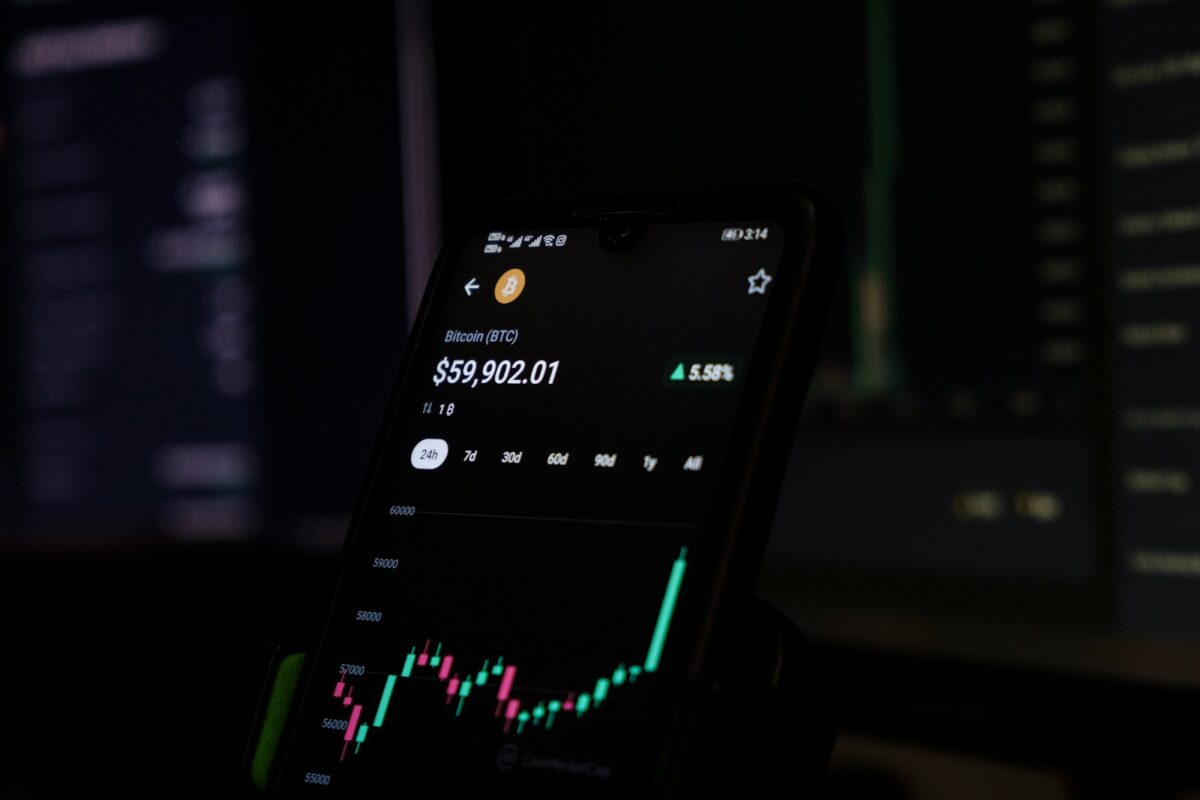
Social tokens explained

Creators can directly connect with their community by issuing unique digital units that represent ownership, access, or influence within their personal brand. These assets enhance interaction by providing fans with tangible ways to participate beyond traditional social media likes or comments.
By leveraging these instruments, a creator transforms passive followers into active contributors, increasing overall engagement. This mechanism enables precise tracking of fan involvement and rewards participation through exclusive content, voting rights, or special experiences tied to the creator’s ecosystem.
Monetization strategies evolve when these personalized digital tools become tradable commodities. Fans gain opportunities to support creators financially while receiving value in return, creating a symbiotic relationship where loyalty and economic incentives align seamlessly within the community structure.
Understanding Community-Driven Digital Assets in the Creator Economy
Creators can leverage personalized digital assets to establish new revenue streams and deepen engagement within their audience. These instruments represent ownership stakes or access rights associated with an individual’s brand or creative output, enabling fans to participate directly in the growth and value of a personal ecosystem. By issuing such units, creators transform passive followers into active stakeholders, aligning incentives between originators and their supporters.
The foundation of this model lies in blockchain technology, which ensures transparent issuance, transferability, and scarcity control of these assets. Unlike traditional monetization methods based on one-way transactions, this approach embeds economic participation into the community structure itself. As a result, it encourages long-term interaction and loyalty while providing creators with diversified income beyond conventional sponsorships or content sales.
Technical Mechanisms Behind Personalized Digital Units
At the core is a smart contract deployed on a decentralized ledger that governs the issuance rules and utility aspects of these units. For instance, a creator might allocate a fixed supply tied to exclusive perks such as early access to releases or voting rights within the community governance framework. The programmable nature allows customization to fit various branding strategies and fan engagement models.
Case studies reveal platforms where artists have successfully raised capital by offering fractionalized shares linked to future project earnings. Fans purchasing these shares gain not only collectible digital representations but also potential dividends from royalties or event ticket profits. This mechanism creates a micro-economy around the creator’s output, incentivizing fans to promote and support growth actively.
- Example 1: A musician issues limited units granting holders VIP concert experiences and revenue share from merchandise sales.
- Example 2: A content creator deploys tokens representing voting power for selecting upcoming topics or collaborations.
This fusion of asset tokenization with community-building tools marks a shift toward participatory digital economies where creators maintain control while empowering their base.
The emergence of these financial instruments introduces novel challenges concerning regulatory compliance and valuation methodologies. Accurate appraisal depends on transparent metrics like transaction volume, secondary market liquidity, and creator activity levels. Continuous monitoring facilitates risk assessment for both issuers and participants, ensuring sustainable ecosystem development.
Exploration into experimental frameworks combining gamification elements with decentralized finance protocols suggests further avenues for innovation. Creators may integrate staking mechanisms or liquidity mining incentives to amplify participation rates. Such hybrid models could redefine how personal brands capitalize on audience enthusiasm while distributing value equitably within their communities.
How Social Tokens Operate Within Creator Economies
Individuals and brands leverage personalized digital assets to incentivize fan participation and deepen community engagement. These assets function as tradable units that represent a stake or membership in a creator’s ecosystem, providing unique access or benefits directly tied to the personal brand or project. The exchange of such units creates a dynamic where fans are not just consumers but active participants contributing to the value and growth of the economy surrounding a creator.
The issuance process typically involves deploying smart contracts on blockchain platforms, establishing a transparent ledger for token distribution and ownership tracking. This technical foundation ensures scarcity, transferability, and programmable interaction rules, which underpin monetization strategies. By controlling supply and utility parameters within these contracts, creators can tailor incentives that align with their community’s preferences and behavioral patterns.
Mechanics of Engagement Through Personalized Digital Assets
At the core lies the relationship between creator and fan–a symbiotic system enabled by cryptographic tokens representing intangible social capital. Fans acquire these assets through purchase or earned participation, unlocking access to exclusive content, voting rights on project decisions, or entry into private events. This mechanism encourages sustained interaction by transforming passive consumption into an active role in shaping the brand’s trajectory.
This model also introduces novel monetization avenues beyond traditional content sales or advertising revenue. For instance, fractional ownership of intellectual property or early access privileges create diversified income streams while distributing value among dedicated supporters. Such designs often incorporate tiered reward systems where higher token holdings correlate with enhanced privileges, thus motivating increased acquisition and retention within the community.
Examples from blockchain projects illustrate varied implementations: one platform enables musicians to issue digital shares granting revenue splits from streaming royalties; another empowers influencers to auction limited-edition collectibles redeemable for personalized experiences. These case studies highlight how programmable assets facilitate customized economies that adapt to different creator identities and audience demographics.
The design of these systems requires careful consideration of tokenomics–balancing supply dynamics with demand generated by engagement incentives–to prevent devaluation while maintaining appeal. Integrating feedback loops through governance features empowers communities to influence future development paths collectively, thereby enhancing alignment between creators’ goals and fan interests.
Understanding these mechanisms opens pathways for creators aiming to build sustainable economies grounded in authentic relationships rather than transient attention metrics. Experimental approaches combining data analytics with user experience testing can refine asset structures that maximize both emotional connection and financial viability within decentralized ecosystems.
Creating Your Own Token
Launching a personal digital asset requires precise alignment between your brand identity and the intended economy within your community. Focus on defining the token’s utility clearly–whether it will serve as a means of monetization, a reward for fan engagement, or a mechanism to facilitate governance. Smart contract platforms like Ethereum and Solana provide robust frameworks with standardized protocols such as ERC-20 or SPL, enabling secure issuance and distribution. Considerations include total supply, minting flexibility, and integration capabilities with existing wallets or marketplaces to ensure fluid interaction.
The relationship between the token and its holders must encourage active participation to sustain long-term value. Structuring incentives that promote meaningful contributions strengthens the ecosystem and deepens loyalty among supporters. For example, tokens can grant exclusive access to content or voting rights in decision-making processes, enhancing reciprocal engagement. Analytics tools tracking transaction patterns and holder distribution offer data-driven insights into community dynamics, allowing iterative adjustments to tokenomics models that optimize retention and expansion.
Technical Architecture and Implementation
Developers should prioritize transparent smart contract code audited by security firms to mitigate vulnerabilities inherent in decentralized finance applications. Layered architecture employing modular contracts enhances scalability, enabling future feature additions without compromising core functionalities. Gas efficiency is another technical parameter influencing user experience; optimized algorithms reduce transaction costs during transfers or staking procedures. Integration with decentralized identity solutions can further personalize interactions by linking tokens to verifiable credentials within the network.
Experimentation with hybrid models combining fungible assets for general utility and non-fungible elements for unique fan experiences opens new avenues for monetization beyond conventional methods. Case studies from creators who issued limited-edition collectibles paired with membership passes demonstrate increased revenue streams coupled with elevated brand prestige. Monitoring secondary market activity provides feedback loops on demand elasticity and pricing strategies, essential for evolving the underlying economy while maintaining equitable access among community members.
Using tokens for engagement
To maximize interaction between creators and their audience, deploying personalized digital assets can significantly enhance community involvement. By issuing these unique units, creators provide fans with a direct stake in the brand’s development, encouraging active participation rather than passive consumption.
Creators who integrate such units into their engagement strategies observe measurable increases in user retention and contribution rates. These digital instruments enable monetization models that reward loyalty and promote ongoing dialogue within the fanbase, thereby strengthening the overall ecosystem around a creator’s personal brand.
Mechanisms of enhanced interaction through personalized digital assets
Utilizing blockchain-based ownership records allows creators to distribute exclusive privileges or content access tied to these assets. For example, holders might receive voting rights on future projects or early entry to events, which deepens emotional investment and incentivizes continuous support.
Technical implementations often include smart contracts that automate reward distribution based on predefined engagement metrics. This automation ensures transparency and fairness in how contributors are recognized, mitigating potential disputes over value allocation within the community.
- Exclusive content unlocks: Creators grant holders access to limited releases or behind-the-scenes material.
- Participation incentives: Fans earn additional units by completing specific actions such as sharing or creating derivative works.
- Loyalty tiers: Different levels of ownership confer distinct benefits aligned with supporter commitment.
A case study involving an independent artist showed a 35% increase in monthly active users after introducing a system where fans could exchange their holdings for live Q&A sessions, demonstrating the practical impact on sustained community growth.
The branding effect extends beyond simple fan interaction; it transforms followers into advocates who carry forward the narrative and ethos embedded within the creator’s identity. By aligning economic incentives with community goals through programmable assets, creators achieve a symbiotic relationship fostering both monetary gain and social capital accumulation.
Monetizing with Social Tokens
Creators seeking direct monetization channels should consider leveraging personalized digital assets that facilitate stronger fan engagement and community participation. By issuing branded units representing value within their ecosystem, creators can build a self-sustaining economy where fans gain exclusive access or voting rights. This approach transforms passive audiences into active stakeholders, aligning incentives between brand and supporters.
Implementing such a system requires understanding token mechanics as programmable digital contracts on blockchain networks. These instruments enable fractional ownership and tradability, creating liquidity for creator-centric economies. For example, platforms like Rally and Roll provide frameworks where artists issue limited quantities of these assets to reward loyal fans while generating revenue streams beyond traditional merchandise or advertising.
Technical Mechanisms Driving Monetization
The issuance process typically involves smart contracts enforcing predetermined rules: minting limits, transfer restrictions, and utility provisions. Creators can embed functionalities such as gated content access, early product releases, or governance participation directly into the asset’s code. This not only incentivizes holding but also cultivates deeper community engagement by granting fans tangible influence over brand decisions.
A case study illustrating successful implementation includes musician RAC, who created a personal economy using specialized digital units to offer concert tickets and behind-the-scenes experiences exclusively to holders. This model increased direct sales while fostering a more intimate connection between creator and fanbase. Additionally, secondary market trading introduces price discovery mechanisms reflecting fan demand dynamics, further enriching the economic layer.
Challenges in adoption often relate to balancing supply scarcity with accessibility to maintain token value without alienating new entrants. Data from platforms such as BitClout demonstrate that excessive inflation dilutes fan enthusiasm, whereas overly restrictive issuance hampers broader community growth. Therefore, iterative experimentation combined with transparent communication is recommended for optimizing monetization outcomes in decentralized ecosystems.
Risks and Legal Considerations in Brand-Centric Community Monetization
Mitigating regulatory exposure requires creators to implement transparent mechanisms for asset issuance and transfer within their fan economies. Smart contract audit trails that clearly delineate utility versus investment attributes can reduce classification risks under securities laws, especially when tokens provide access rights or governance participation without promising financial returns.
The interplay between community engagement and monetization introduces vulnerabilities such as market manipulation, wash trading, and insider transactions. Deploying on-chain analytics combined with behavioral heuristics enhances detection of anomalous activity, safeguarding both the creator’s brand and participant trust. Additionally, multi-jurisdictional compliance frameworks will be indispensable as token holders span diverse legal environments.
Technical and Strategic Implications for Future Ecosystems
- Immutable Provenance: Leveraging blockchain’s transparent ledger ensures verifiable ownership histories that reinforce authenticity in creator-driven economies.
- Programmable Incentives: Layered reward structures embedded in protocol logic can dynamically adjust community engagement based on predefined KPIs related to content interaction or participation frequency.
- Regulatory Adaptability: Modular token standards allow rapid reconfiguration of economic parameters to comply with evolving legal mandates without disrupting user experience.
The evolution of creator-centric ecosystems depends on balancing innovation with accountability. As these digital assets entwine more deeply with personal brands and fan communities, ongoing research into decentralized identity solutions and privacy-preserving protocols will be pivotal. Such advancements promise enhanced control over user data while maintaining transparency needed for regulatory clarity.
Exploring cross-chain interoperability also opens pathways for diversified liquidity pools and broader audience reach, yet it amplifies complexity in enforcing jurisdiction-specific rules. Experimentation with zero-knowledge proofs and secure multi-party computation could provide technical means to verify compliance criteria without exposing sensitive information–setting a precedent for future monetization models rooted in trustless yet compliant frameworks.


